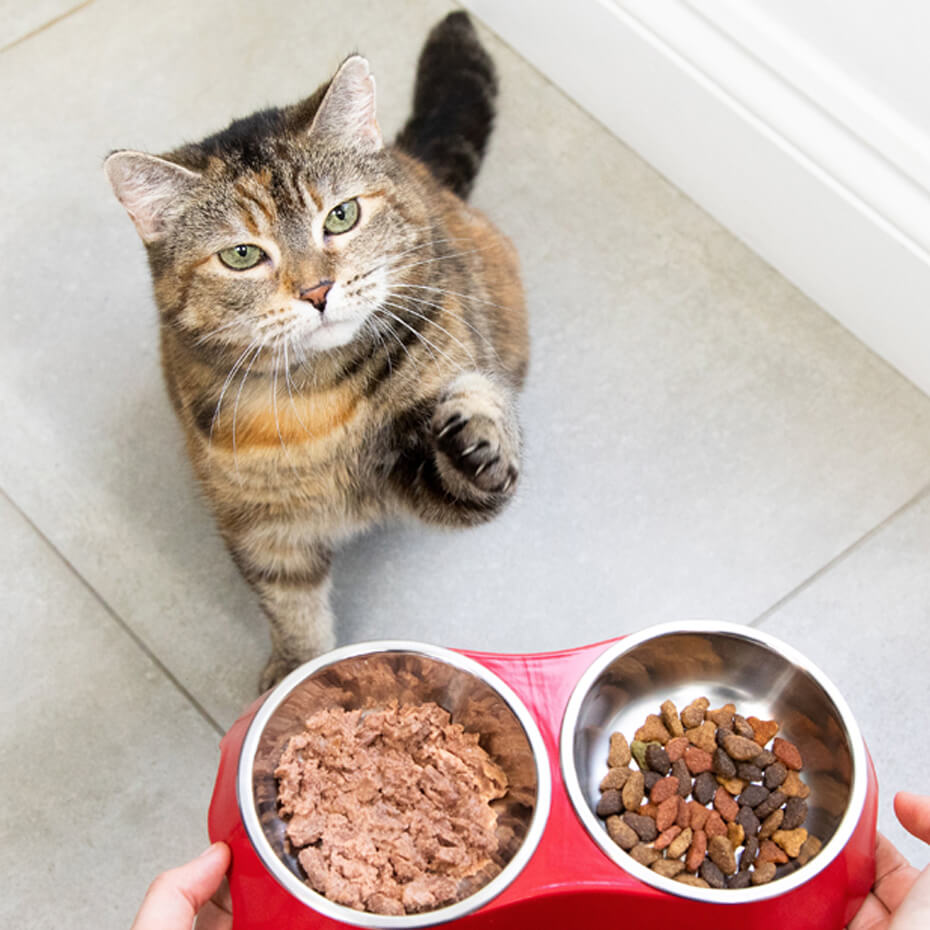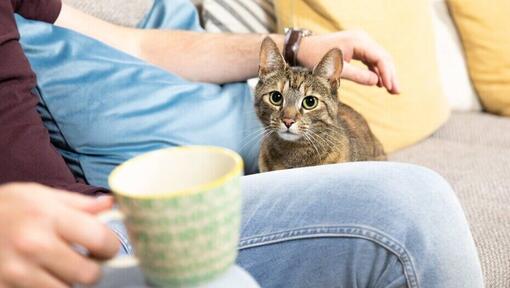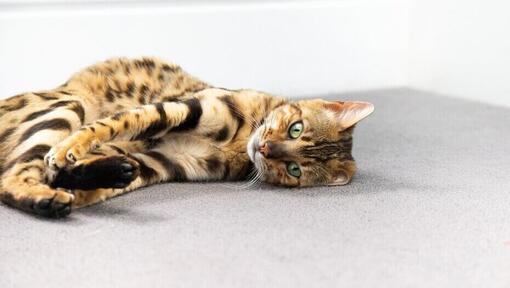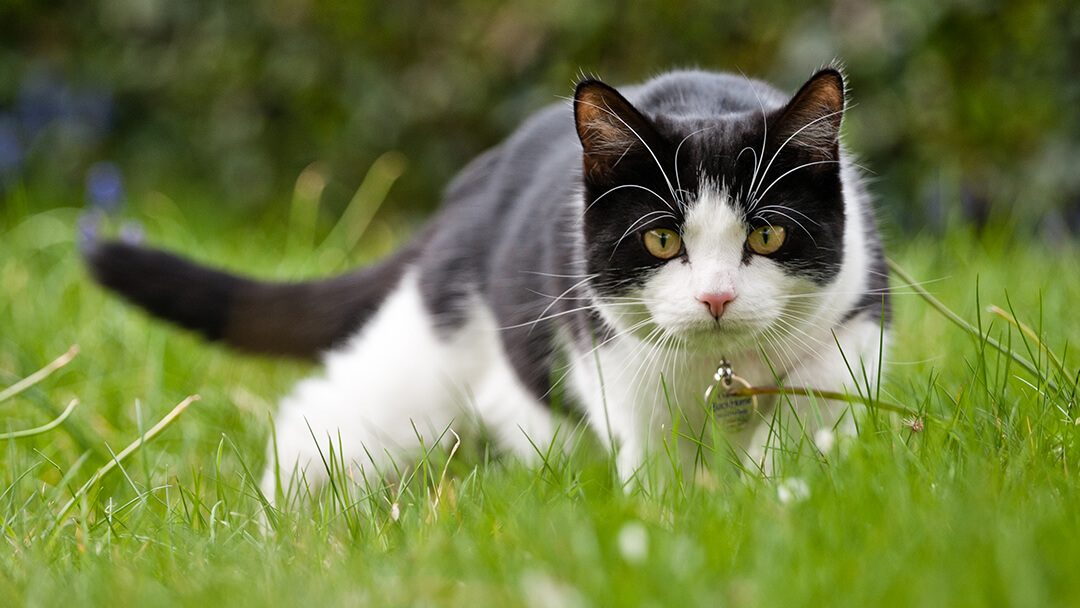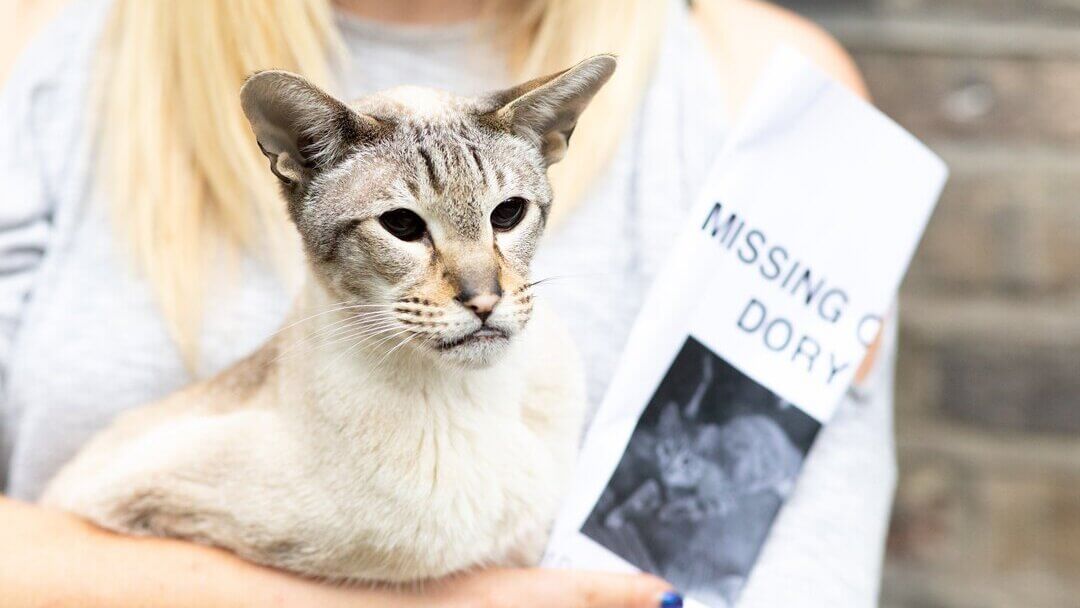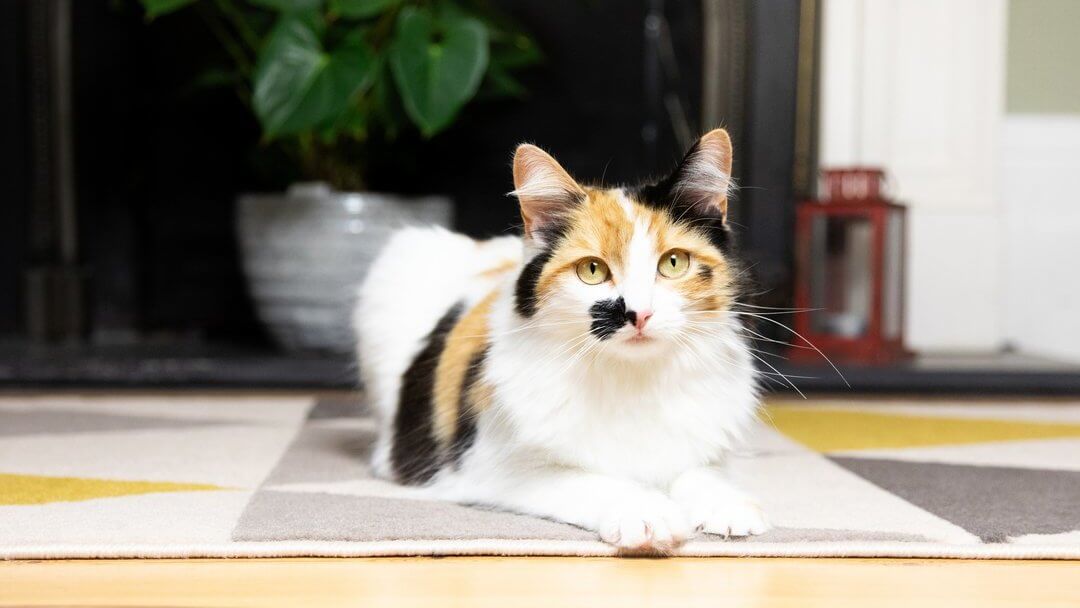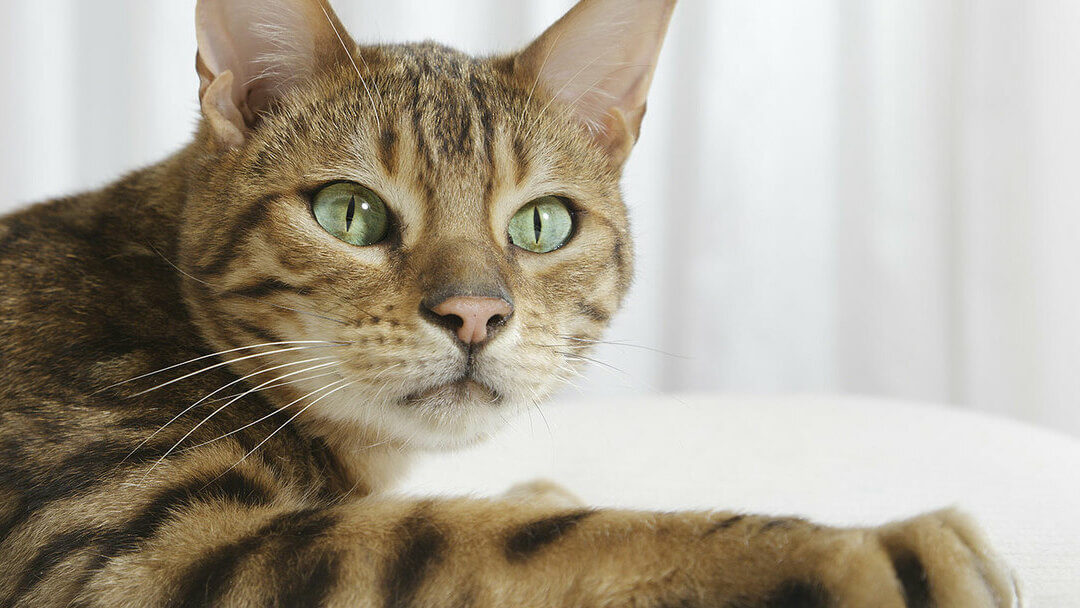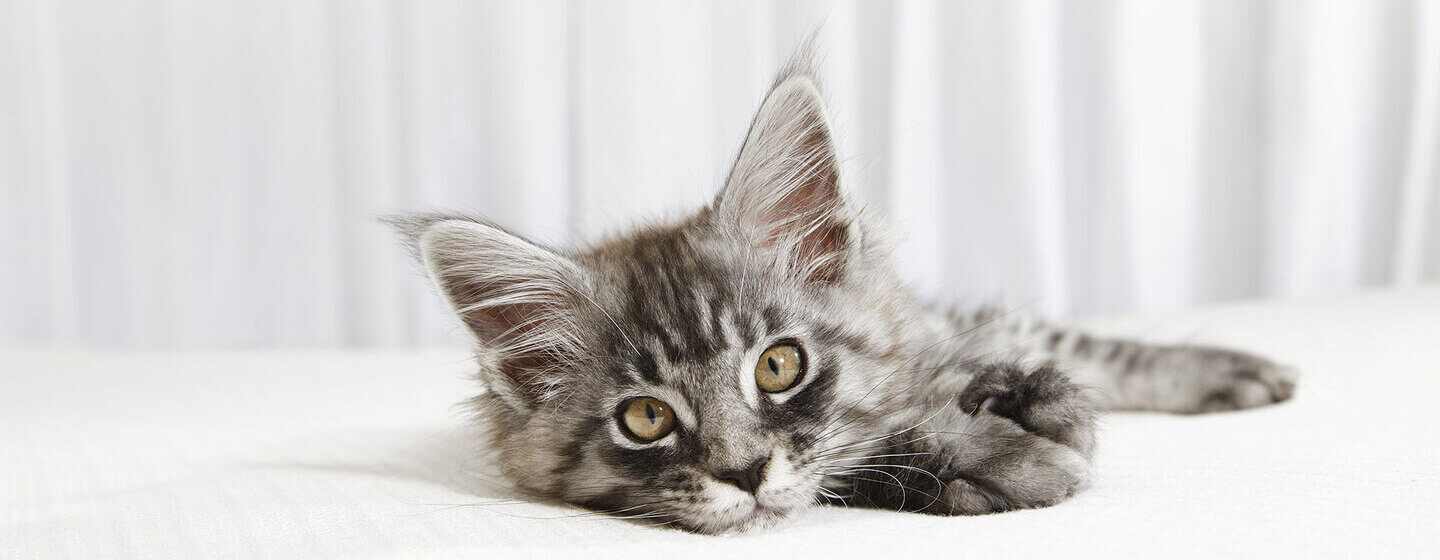
Cats with separation anxiety can be a huge problem for pet owners. Read our guide to find out more about cat anxiety and how best to help your pet.
Animals can be afraid of many things: loud noises, fireworks, and even a bath! But when it comes to cats, we don’t often hear about anxiety problems. Yet cat anxiety can be a big issue for many owners, even if they don’t know it’s actually happening. Just like in humans, anxiety in cats can manifest in many different ways, and it isn’t always as easy to identify as a straightforward illness – there’s no blood test for cat anxiety! Read on to find out more about what makes cats anxious and some cat calming methods.
Can cats have anxiety?
Cats can absolutely suffer from anxiety, just like all animals. Although cats can’t express themselves with words, they will show that they are suffering from anxiety through various signs and symptoms, and often through the development of destructive behaviours.
Many of the signs of cat anxiety could be interpreted simply as bad behaviour, so it’s important to try and notice exactly when your pet start to show signs of a problem. The development of anxiety in cats is often triggered by very specific events, objects, or changes in routine or environment. Being able to identify exactly when the problems started will really help when figuring out the best cat calming technique for your pet.
Signs and symptoms of cat anxiety
Cat anxiety frequently causes the development of destructive behaviours that your cat may not have exhibited before: this can include furniture scratching and clawing at curtains.
Similarly, compulsive behaviours can become a problem for cats suffering with anxiety. A compulsive behaviour is one that is repeated over and over. This can reach a stage where your pet is causing themselves, or something in their environment, unintentional damage; for example, repetitive grooming to extent that they develop bald patches.
Other signs and symptoms of cat anxiety can include:
- Failing to use the litter tray
- Change in mood
- Hiding
- Aggression
- An increase in vocalisation (excessive meowing)
- A change in appetite or weight
- Following people around the house
- Increased lethargy
- Vomiting
What causes cat anxiety?
Many different things can cause cat anxiety. They are often similar to the things that cause humans to feel anxious, such as big changes to routine or environment. Events such as moving home or introducing a new person to the family can prompt a feeling of anxiety in cats.
Similarly, many felines can become anxious when a historic trauma is triggered. If you adopted your cat from a shelter, try to learn as much about their background and previous care as possible. This will help you to avoid putting your pet in situations that could cause them to revisit a traumatic memory and trigger their anxiety. Cats that have been rehomed numerous times throughout their life are more prone to suffering from anxiety. There is also a link between kittens that haven’t been socialised at a young age and an increased likelihood in the development of anxiety.
Be aware that any changes in your pet’s routine or environment could cause cat anxiety: it doesn’t always have to be something as dramatic as moving house with your cat! If you start a new job and are suddenly out of the house at different times, this could be enough to unsettle your cat, and cause cat separation anxiety.
Cat separation anxiety
Cat separation anxiety is particularly common among animals that have been rehomed multiple times, or have suffered abuse in the past. It can, however, develop in any pet no matter their background.
This occurs when a cat exhibits the signs and symptoms of cat anxiety, specifically when they are separated from their owner, or from another animal they are close to.
Cats with separation anxiety will follow their owners compulsively between rooms and demand constant attention. They will begin to recognise the signs when you’re about to leave the house, and will become distressed: hiding, sulking, or vocalising their displeasure loudly. When they’re alone in the house, they may perform destructive behaviours that they are not usually inclined to, such as failing to use the litter box or refusing to eat.
How to deal with cat anxiety and cat separation anxiety
The signs and symptoms of cat anxiety can often mask other illnesses, so always visit your vet to ensure that there are no underlying conditions. When these have been ruled out, your vet may diagnose your pet with anxiety, in which case they could prescribe medication, or advise certain cat calming techniques.
Identifying the cause of your pet’s anxiety is the most important step in discovering the best cat calming method for them. Often, a simple change in your cat’s environment or routine can be the key to soothing their anxieties.
For pets suffering from cat separation anxiety, creating a more diverting environment can help to keep your pet mentally stimulated (and distracted!) while you’re out of the house. Cat perches with visually stimulating views and a range of toys will all help to keep your cat busy while you’re away. Puzzle feeders can also make for a fantastic distraction tactic.
Specific cat calming products in various forms are also available, but shouldn’t be relied upon as a sole solution. These can be used in spray, diffuser and plug-in form, and release pheromones designed to be soothing to animals, which mimic natural cat pheromones. These may help with cat calming, but owners should also try to identify the root cause of cat anxiety for the best long-term solution.

